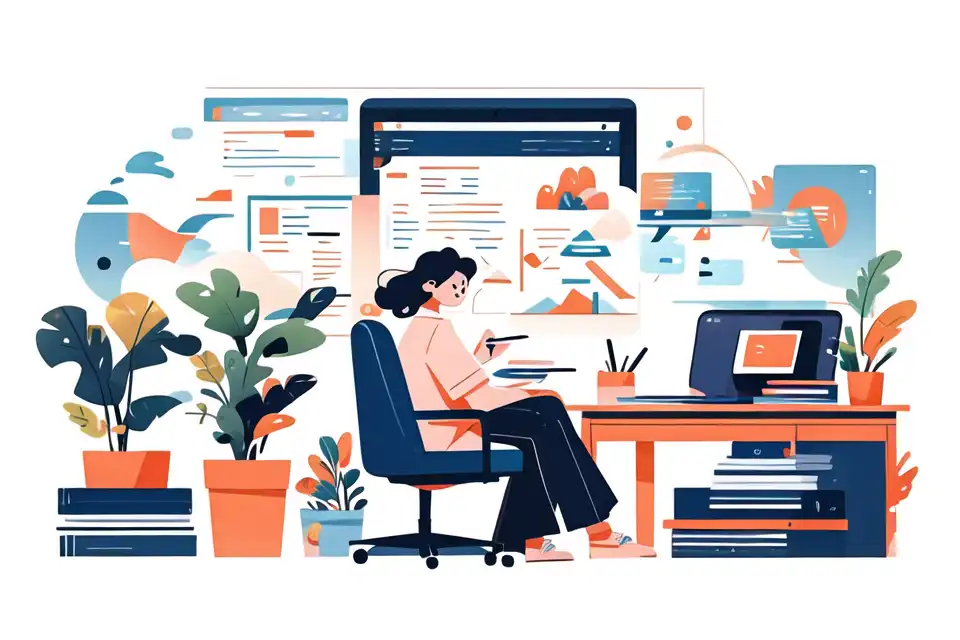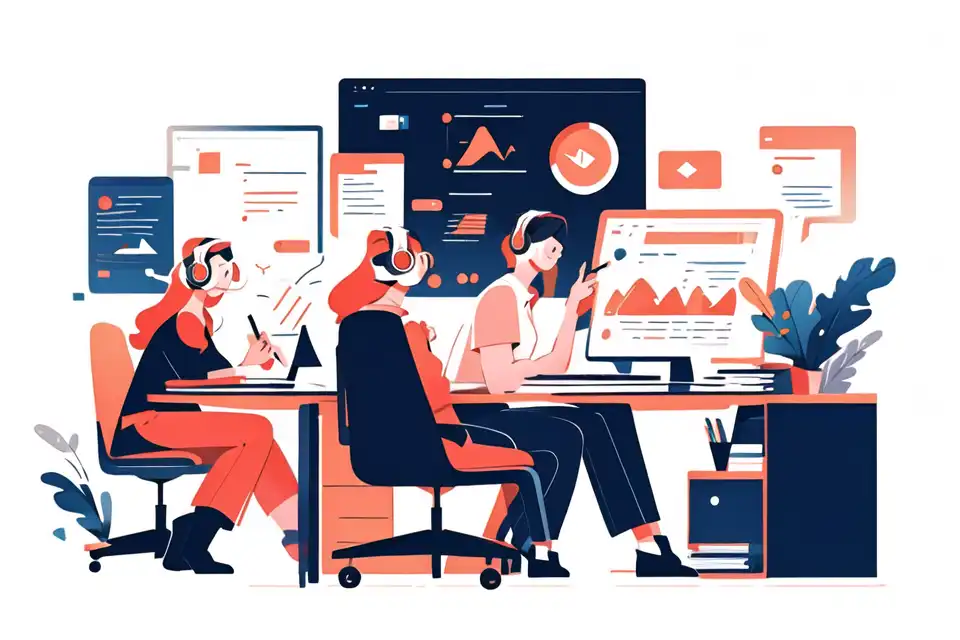How to Say Ill Adjust Professionally
Master the art of professional communication in business settings with expert guidance. Learn how to say ill adjust professionally.
Try Lark for Free
In the professional world, the ability to adapt and adjust to various scenarios is considered a vital skill. This article aims to explore the significance of articulating one's readiness to adapt professionally. It will provide practical instances, compelling examples, and detailed guidance on how to effectively convey this crucial distinction in a work environment.
Why it's important to understand how to say i'll adjust professionally
Adaptability in the workplace is indispensable. Clearly expressing one's willingness to adjust professionally can lead to improved work relationships, enhanced teamwork, and increased productivity. It also signals a high level of emotional intelligence and competence. Through effective communication of this skill, individuals can navigate through challenges and transitions with ease, thereby enhancing their professional reputation.
Point 1
It is crucial to understand the impact of expressing adaptability professionally. It can create an environment of trust and collaboration, fostering a positive work culture.
Point 2
The ability to communicate willingness to adjust professionally can aid in conflict resolution, especially during times of change or uncertainty.
Point 3
Effective expression of professional adaptability can lead to increased opportunities for career advancement and leadership roles.
Use Lark Messenger to elevate your team communication.
Practical examples of dealing with how to say i'll adjust professionally
Example 1
Example 1
Scenario: During a team meeting, a new project's requirements change, affecting the previously established workflow.
Common Mistakes: Reacting with resistance or expressing frustration at the change.
Best Expression: "I understand the adjustments needed for the project and am fully prepared to adapt my approach. Let's collaborate to ensure a smooth transition."
Example 2
Example 2
Scenario: A shift in organizational structure leads to changes in reporting lines and team responsibilities.
Common Mistakes: Expressing discontent over the modifications or showing inflexibility towards the new setup.
Best Expression: "I recognize the alterations and assure my commitment to adapt effectively. I am open to new roles and responsibilities and ready to collaborate for seamless integration."
Example 3
Example 3
Scenario: Team dynamics change due to the addition of new team members or a change in leadership.
Common Mistakes: Exhibiting an unwillingness to integrate or disregarding the impact of the changes.
Best Expression: "I welcome the new developments and am prepared to make the necessary adjustments to ensure a cohesive and effective team dynamic."
Example 4
Example 4
Scenario: A sudden change in project deadlines could affect your workflow and priority tasks.
Common Mistakes: Displaying anxiety or frustration and struggling to embrace the new timeline.
Best Expression: "I am prepared to reorganize my tasks and priorities to accommodate the revised deadlines. I remain committed to meeting the project's requirements within the new timeframe."
What are the consequences of not knowing how to say i'll adjust professionally
Irrespective of one's role or industry, failing to effectively convey a readiness to adapt professionally can have adverse ramifications.
Point 1
Misinterpretation of inflexibility can lead to strained work relationships and hinder collaboration.
Point 2
Inability to adjust professionally can limit professional growth and curtail opportunities for career advancement.
Point 3
Failure to articulate adaptability can result in the exclusion from significant projects and key decision-making processes.
Learn more about Lark x Communication
Use Lark Messenger to elevate your team communication.
Methods of phrasing how to say i'll adjust professionally
Method 1: Direct and Assertive Approach
"I am fully prepared and committed to adjusting my approach to meet the new requirements. Let's collaborate to ensure a successful transition."
Method 2: Diplomatic and Solution-Oriented
"I acknowledge the changes and am committed to navigating through them effectively. I welcome inputs and collaboration to ensure a smooth transition."
Method 3: Confident and Open-Minded Expression
"I embrace the alterations and remain open to adjusting my methods to align with the new expectations. Let's work together to ensure a seamless transition."
Do's and dont's when you don't know how to say i'll adjust professionally
| Do's | Don'ts |
|---|---|
| Acknowledge the necessity for adaptation. | Display resistance or frustration towards modifications. |
| Communicate willingness to collaborate. | Avoid discussing the impact of changes on your role. |
| Articulate commitment to seamless transition. | Express inflexibility or aversion to changes. |
Conclusion
In a dynamic professional environment, the ability to adapt and adjust professionally is a distinguishing trait. Effectively communicating one's readiness to navigate through changes and transitions can significantly impact career progression and overall work relationships. By acknowledging the importance of articulating adaptability and leveraging the provided examples and guidance, individuals can enhance their professional image and contribute to a cohesive and progressive work environment.








